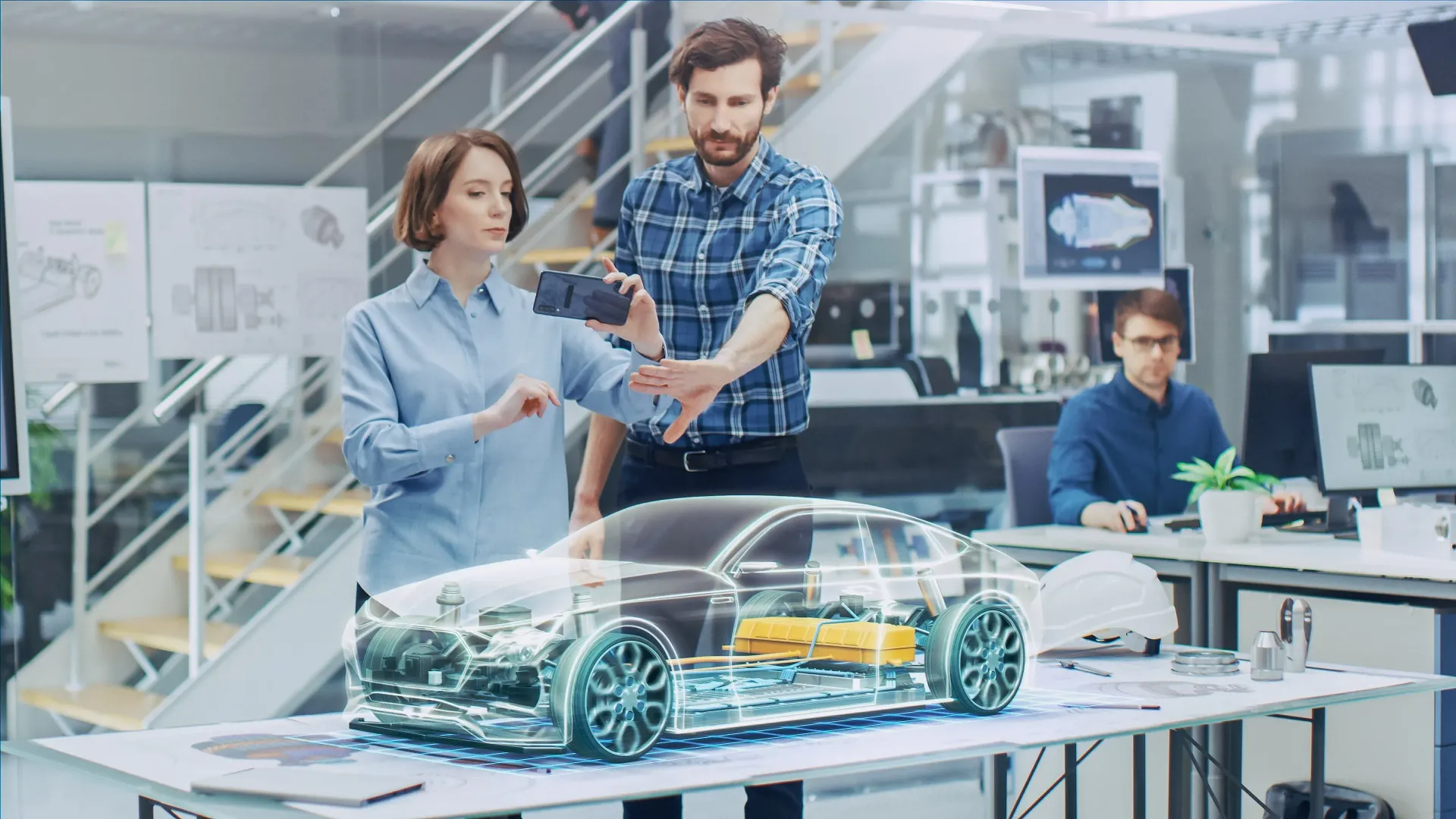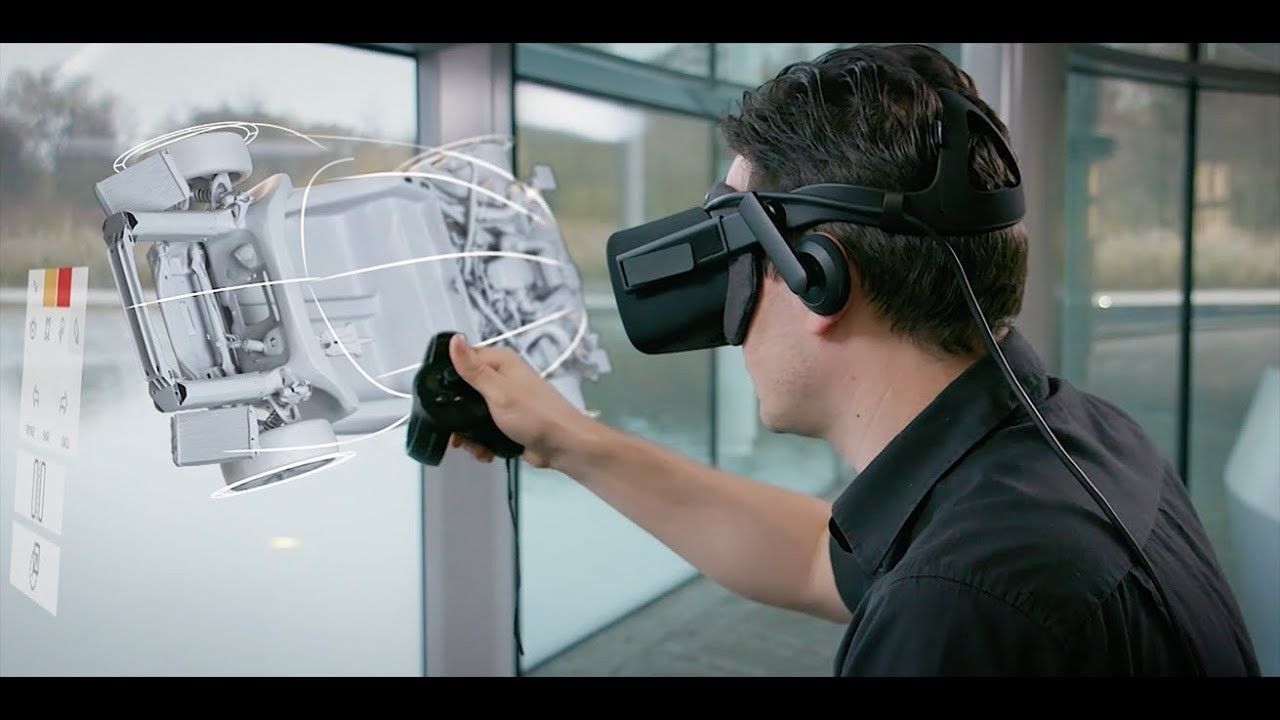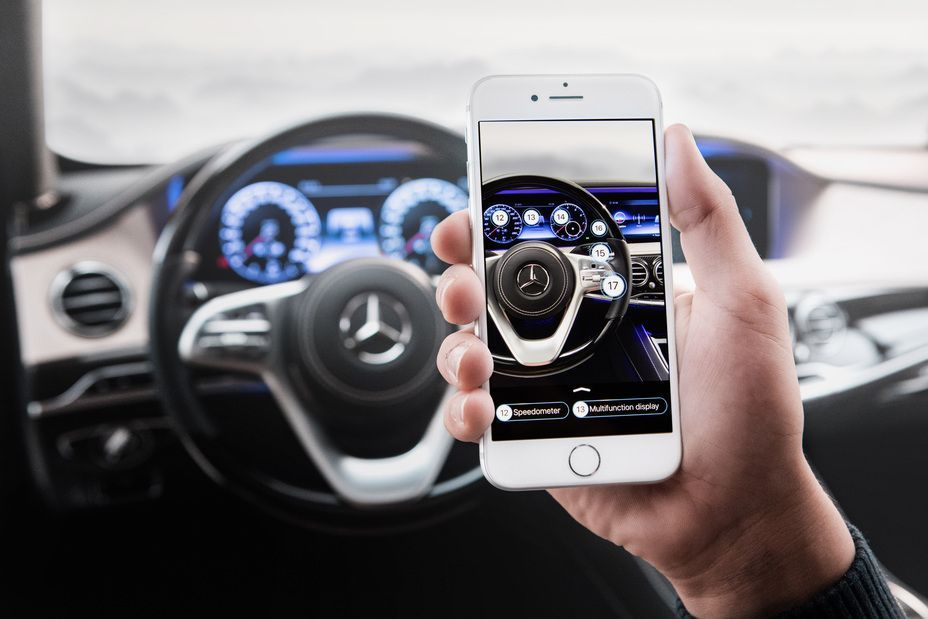Mercedes Benz and Augmented Reality

In recent years, augmented reality (AR) and virtual reality (VR) technologies have rapidly evolved, reshaping various industries, and the automotive sector is no exception. Mercedes Benz, a brand synonymous with luxury and innovation, has been at the forefront of integrating AR and VR to enhance customer experiences and drive digital transformation. This article delves into how Mercedes Benz utilizes cutting-edge AR and VR technologies, revolutionizing how customers interact with their vehicles and transforming the car buying process.
The Intersection of Mercedes Benz and Augmented Reality
Mercedes Benz has always been a pioneer in adopting new technologies to offer superior customer experiences. Incorporating augmented reality (AR) and virtual reality (VR) into their ecosystem marks a significant milestone in the automotive industry. By leveraging these technologies, Mercedes Benz is enhancing the driving experience and redefining how customers engage with their brand.
AR Technology: Enhancing the Driving Experience
One of the most significant applications of AR technology by Mercedes Benz is within their vehicles. The AR head-up display (HUD) is a prime example, providing real-time information directly on the windshield. This cutting-edge technology allows drivers to see navigation directions, speed limits, and other crucial data without taking their eyes off the road. Integrating AR into the HUD offers a seamless blend of the real world and digital information, significantly improving safety and convenience.
The Mercedes Benz MBUX (Mercedes-Benz User Experience) system also incorporates AR to enhance the navigation experience. The system superimposes navigation graphics onto a live video feed of the road ahead, making it easier for drivers to follow directions accurately. This innovative use of AR technology ensures drivers have all the necessary information at their fingertips, enhancing safety and ease of use.
VR Showrooms: Transforming the Car Buying Process
The car buying process has traditionally involved visits to physical showrooms, where potential buyers can explore different models and take test drives. However, Mercedes Benz is revolutionizing this process with virtual reality (VR) showrooms. These VR showrooms allow customers to experience different car models from the comfort of their homes.
With VR technology, customers can virtually walk around the car, explore its interior, and customize various features to see how different options look. This immersive experience not only saves time but also provides a comprehensive understanding of the vehicle without the need for a physical visit. By integrating VR showrooms, Mercedes Benz is making the car buying process more convenient and accessible, catering to the evolving preferences of modern consumers.

Virtual Test Drives: A New Era of Customer Engagement
In addition to VR showrooms, Mercedes Benz offers virtual test drives, allowing potential buyers to experience the driving dynamics of their vehicles in a virtual environment. These virtual test drives are designed to replicate real-world driving conditions, providing a realistic experience of how the car handles various terrains and situations.
By offering virtual test drives, Mercedes Benz addresses a crucial aspect of the car-buying journey. Potential buyers can evaluate a vehicle's performance, comfort, and features without leaving their homes. This innovative approach enhances customer engagement and enables the brand to reach a broader audience, including those who might not have easy access to a physical dealership.
Digital Transformation and the Future of Car Manufacturing
Integrating AR and VR technologies is a testament to Mercedes Benz's commitment to digital transformation. By embracing these technologies, the brand is staying ahead of the curve and setting new standards in the automotive industry. The use of AR and VR is not limited to customer-facing applications but also extends to the manufacturing process.
Mercedes Benz leverages AR and VR for various aspects of car manufacturing, from design and prototyping to quality control. VR technology allows engineers and designers to create and test virtual prototypes, reducing the time and cost associated with physical prototyping. Additionally, AR is used for quality control, enabling inspectors to overlay digital information onto physical components to identify any discrepancies or defects.

Enhancing Customer Experiences with Cutting-Edge Technology
At the heart of Mercedes Benz's use of AR and VR technologies is enhancing customer experiences. These technologies provide a more interactive and personalized experience, allowing customers to engage with the brand in new and exciting ways. Whether through an AR-enhanced navigation system, a VR showroom visit, or a virtual test drive, Mercedes Benz is leveraging cutting-edge technology to create memorable and impactful experiences.
The use of AR and VR also reflects the brand's commitment to innovation and excellence. By continuously exploring new ways to integrate these technologies, Mercedes Benz is improving the customer journey and reinforcing its position as a leader in the automotive industry.
Real-World Applications and Customer Feedback
The implementation of AR and VR technologies by Mercedes Benz has received positive feedback from customers and industry experts alike. Customers appreciate the convenience and immersive experiences offered by VR showrooms and virtual test drives. The AR head-up display and MBUX system have been praised for their ability to provide real-time information without causing distractions.
Industry experts acknowledge Mercedes Benz's forward-thinking approach and its impact on setting new benchmarks for the automotive sector. By integrating AR and VR technologies, Mercedes Benz demonstrates how traditional industries can embrace digital transformation to enhance customer satisfaction and stay competitive.
The Broader Impact on the Automotive Industry
Mercedes Benz's adoption of AR and VR technologies is part of a broader trend within the automotive industry. Other car manufacturers are exploring similar technologies to improve customer experiences and streamline operations. AR and VR are becoming increasingly common, with applications ranging from virtual showrooms and test drives to advanced driver assistance systems (ADAS) and manufacturing processes.
This trend highlights the importance of digital transformation in the automotive sector. As consumers become more tech-savvy, car manufacturers must adapt to meet their evolving expectations. Integrating AR and VR technologies is crucial in this direction, offering numerous benefits for both customers and manufacturers.
Future Prospects: What to Expect from Mercedes Benz
Mercedes Benz will likely continue its exploration of AR and VR technologies to enhance customer experiences further and drive innovation. As these technologies evolve, we expect to see even more sophisticated applications within Mercedes Benz vehicles and showrooms.
For instance, future iterations of AR head-up displays may offer more advanced features, such as augmented reality overlays for complex driving scenarios or integration with other smart devices. VR showrooms could become even more immersive, allowing customers to experience a virtual car ride or interact with the vehicle in new ways.
Moreover, the use of AR and VR in manufacturing and quality control is expected to grow, leading to more efficient and precise production processes. Mercedes Benz's commitment to digital transformation ensures that they will continue leveraging these technologies to maintain their competitive edge and deliver exceptional customer experiences.
Conclusion
Mercedes Benz's integration of augmented and virtual reality technologies represents a significant advancement in the automotive industry. By leveraging AR and VR, Mercedes Benz is enhancing the driving experience, transforming the car buying process, and driving digital transformation. These technologies provide customers with more interactive, personalized, and convenient experiences, reinforcing Mercedes Benz's position as a leader in innovation and excellence.
As AR and VR technologies evolve, Mercedes Benz is poised to revolutionize the automotive experience further, setting new standards for the industry and delivering unparalleled value to its customers. Whether through an AR-enhanced navigation system, a VR showroom visit, or a virtual test drive, Mercedes Benz is at the forefront of integrating cutting-edge technology to create memorable and impactful customer experiences.
TALK TO A PRO
We're here to bring your brand to life!
Stay Connected with BrandXR
Create Augmented Reality for Free!
Create, Publish, and Measure 3D Augmented Reality Experiences Without Having to Code.














